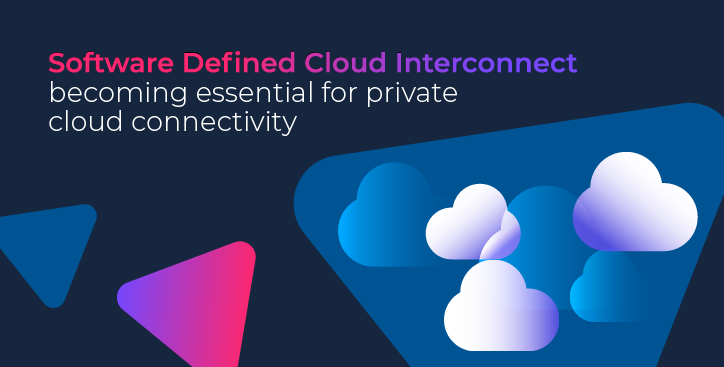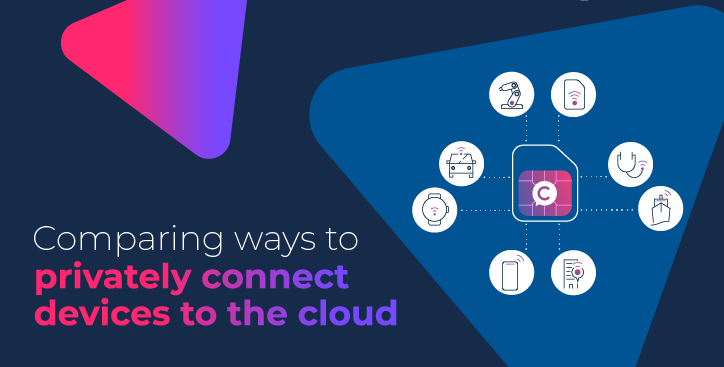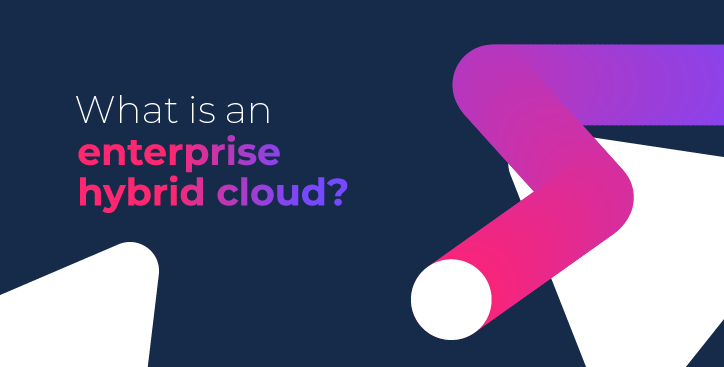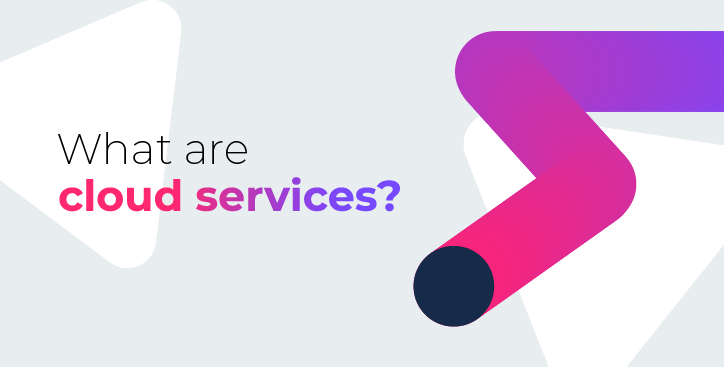Five Use Cases for a Virtualized Network
By Ilvija Skerskane|27 February, 2020

Network Function Virtualization (NFV) sits alongside technological advances such as Software Defined Networking (SDN) and Artificial Intelligence as key solutions for network challenges of today and tomorrow due to their close integration and relationship with each other.
Depending on your business, there are several use cases NFV enables that you might not have considered. Here are five:
1: Mobile Edge Computing
This uses NFV to enable hardware devices on the network edge to perform computational services and provide network functions without having to backhaul all the data to the network core, through the use of virtual machines.
The key benefit of Mobile Edge Computing is to provide ultra-low latencies, which is a critical feature in the rollout of 5G networks. One of the trends is the creation of mini or local data centers on the network edge.
2: Operational Engines
Exemplify the benefits of a fully automated network by reducing or removing legacy management issues such as a lack of dynamism, agility and increased human error due to manual processes. Orchestration can centralize policy automation, hybrid WAN management, and overall network visibility.
3: Video
Accounts for the majority of the traffic on the internet today. Not just from a consumption perspective, but with the ready availability of affordable smart devices replacing legacy security and surveillance equipment, also from a creation perspective. Companies now capture significant amounts of data from homes, shops, factories, and offices and use AI to perform real-time analysis.
One of the challenges here is network latency, which can be partly solved through the introduction of high capacity or dedicated links. But another key component is virtualizing the network functions to move video analytics to the network edge where the process is closer to the source.
4: Virtualized Firewall
The same methodology can also be applied to security, or more specifically, the virtualized firewall. Not only can a virtual firewall be deployed inline on commodity hardware, it can be actioned and controlled from a central location. It’s likely that all security devices will eventually be virtualized, mainly so organizations can benefit from centralized control and distribution mechanisms.
5: Network Slicing
Finally, we have network slicing - a term that is often used in association with 5G networks but relates to the fixed line backhaul infrastructure and is a significant beneficiary of NFV.
The basic premise ‘slices’ a physical network - which can consist of both physical and virtual components - into multiple logical ‘layers’ or slices, that can then be optimized for different functions. The slice itself is orchestrated and controlled as a virtualized network function and can receive different resources and performance levels as required.
As well as being used to create and optimize different services, network slicing also increases an organization’s agility and flexibility, reducing deployment time for services and even improving capex and opex.










